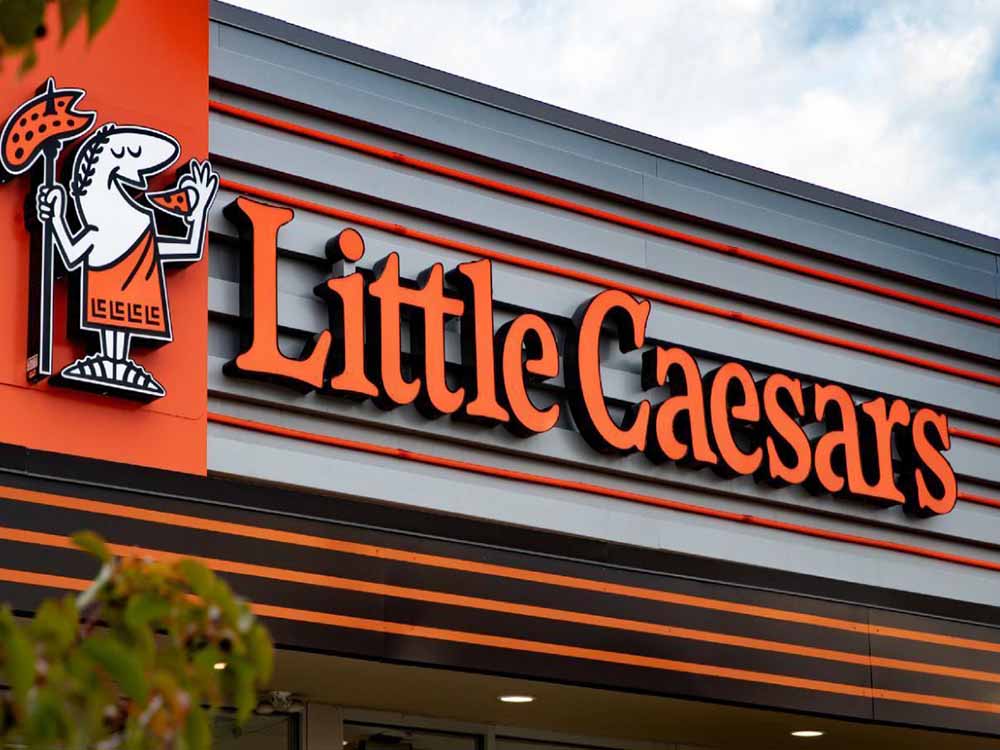The Hot-N-Ready Rise – Little Caesars in 2011
In 2011, Little Caesars stood as a prominent player in the pizza industry, known for its innovative marketing, affordability, and the iconic “Hot-N-Ready” concept. This comprehensive overview delves into the pizza chain’s evolution, marketing strategies, and the culinary landscape that defined Little Caesars in 2011.
Little Caesars and the “Hot-N-Ready” Revolution
One of the defining features of Little Caesars in 2011 was the “Hot-N-Ready” concept. This game-changing strategy allowed customers to walk into a Little Caesars store and leave with a hot, freshly baked pizza without the need for pre-ordering. Priced affordably, the “Hot-N-Ready” pizzas provided a quick and convenient dining option, catering to the demands of a fast-paced society.
The success of the “Hot-N-Ready” model not only positioned Little Caesars as a competitive force in the pizza industry but also transformed the way consumers approached their pizza cravings. The concept tapped into the desire for immediacy and affordability, making Little Caesars a go-to choice for pizza enthusiasts.
Value-Centric Marketing and Menu Innovations
Little Caesars, in 2011, was at the forefront of value-centric marketing. The chain consistently offered wallet-friendly deals, emphasizing the affordability of its pizzas without compromising on quality. The “Hot-N-Ready” pizzas, coupled with promotions like the “Combo Mambo,” resonated with budget-conscious consumers, establishing Little Caesars as a brand synonymous with value.
In addition to its value-centric approach, Little Caesars introduced menu innovations to cater to diverse tastes. The “Crazy Bread” and “Crazy Sauce” became popular side options, complementing the pizzas. The chain’s commitment to simplicity and quality ingredients contributed to a menu that resonated with a broad customer base.
Embracing Digital Technology and Online Presence
As technology continued to play a crucial role in the restaurant industry, Little Caesars embraced digital platforms in 2011. The chain enhanced its online presence, providing customers with the option to order pizzas and explore menu offerings through its website. This integration of technology aimed to cater to the evolving preferences of a digitally connected consumer base.
The Little Caesars mobile app, introduced in this era, further streamlined the ordering process. Users could customize their pizzas, track orders in real-time, and access exclusive deals through the app. This foray into digital technology not only enhanced customer convenience but also showcased Little Caesars’ adaptability to changing consumer behaviors.
Community Engagement and Social Responsibility
Beyond its business strategies, Little Caesars in 2011 demonstrated a commitment to community engagement and social responsibility. The chain actively participated in charitable initiatives, including the “Love Kitchen,” a mobile pizza kitchen that provided meals to those in need. This philanthropic effort showcased Little Caesars’ dedication to making a positive impact beyond the realm of pizza delivery.
Additionally, Little Caesars engaged with its customer base through social media, leveraging platforms like Facebook and Twitter to connect with fans, announce promotions, and gather feedback. This two-way communication not only strengthened customer relationships but also allowed the brand to stay attuned to the evolving preferences and expectations of its audience.
In conclusion, Little Caesars in 2011 was characterized by the “Hot-N-Ready” revolution, a commitment to value-centric marketing, technological integration, and a sense of social responsibility. The chain’s ability to adapt to changing consumer dynamics and embrace innovation solidified its position as a pizza industry leader. Little Caesars’ impact extended beyond the realm of pizza, influencing how quick-service restaurants approached affordability, convenience, and community engagement.











